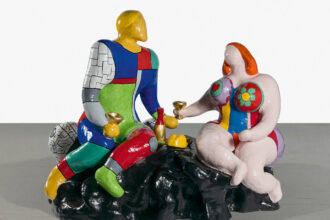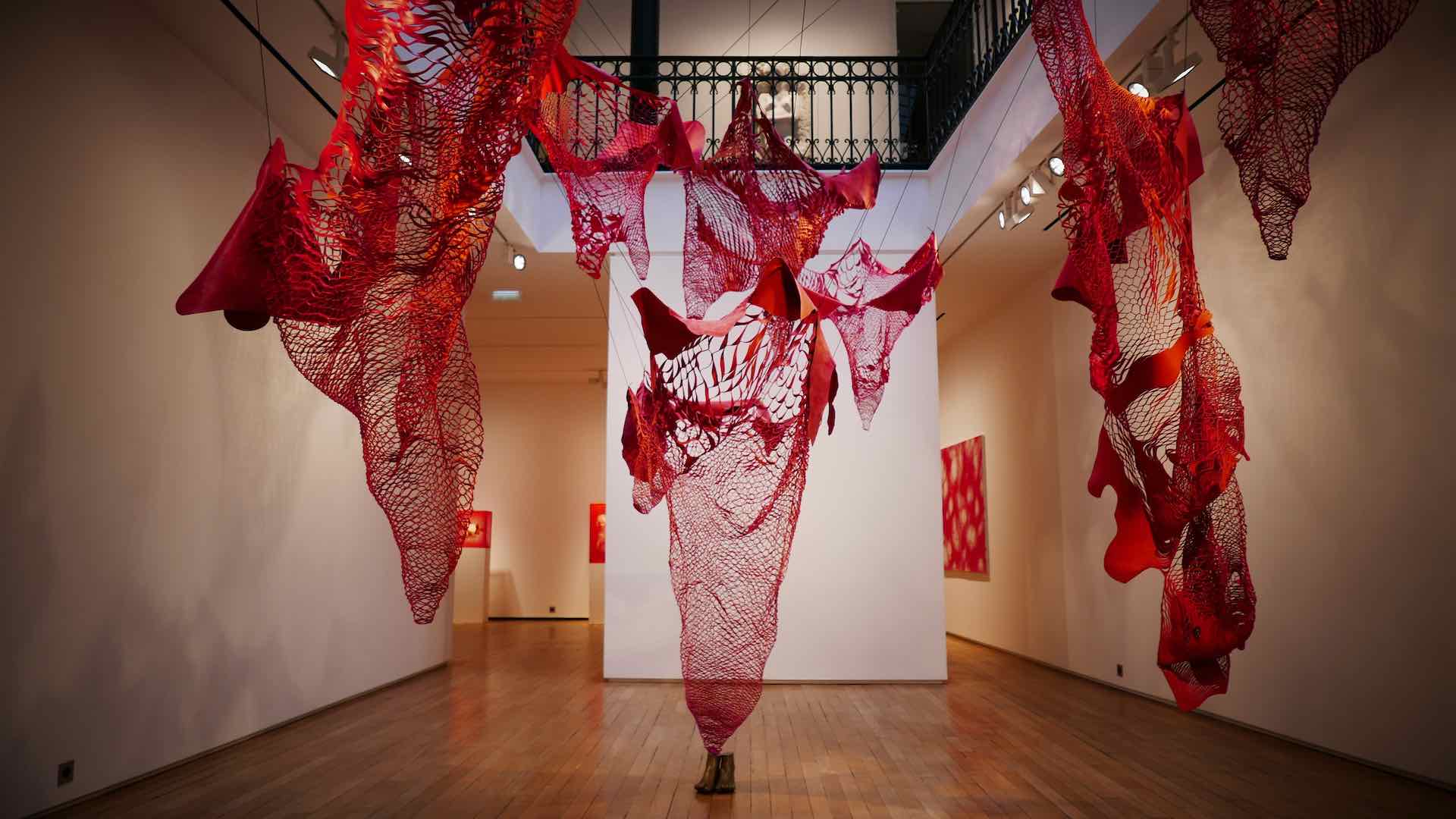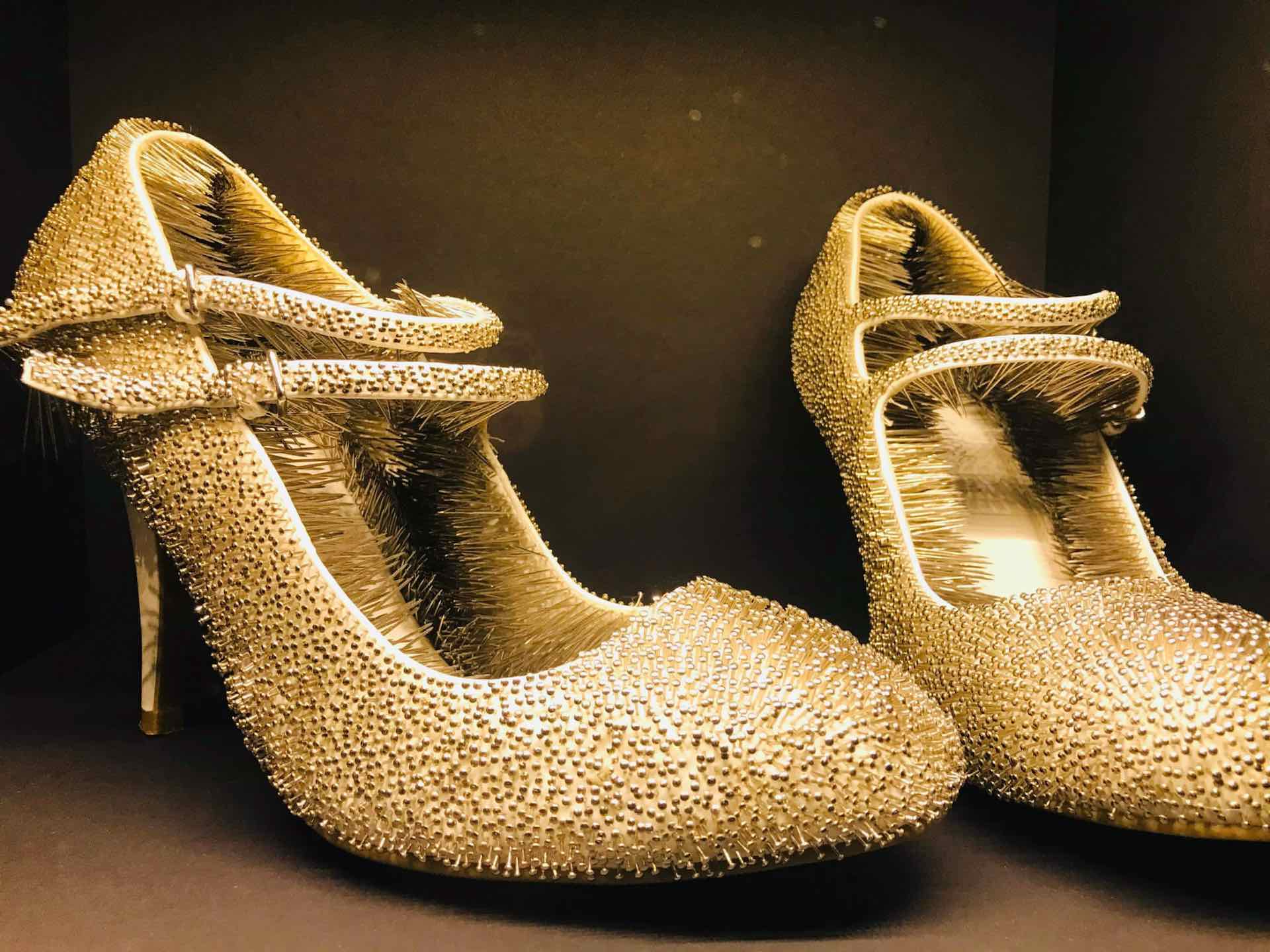Prehistory, a modern enigma
Take a trip through a history of visions and fascination, in the company of prehistoric, modern and contemporary icons! From the Mammouth de la Madeleine to Dove Allouche and Louise Bourgeois, this unique exhibition showcases the link which unites prehistory to modern and contemporary art.
Along a chronological path, discover how artists and society have succumbed to the appeal of origins in the modern era, yielding to a fantasised vision of what came before history. This time-machine constantly shapes the mental boundaries of modernity and provides concrete models for all sorts of experiments.
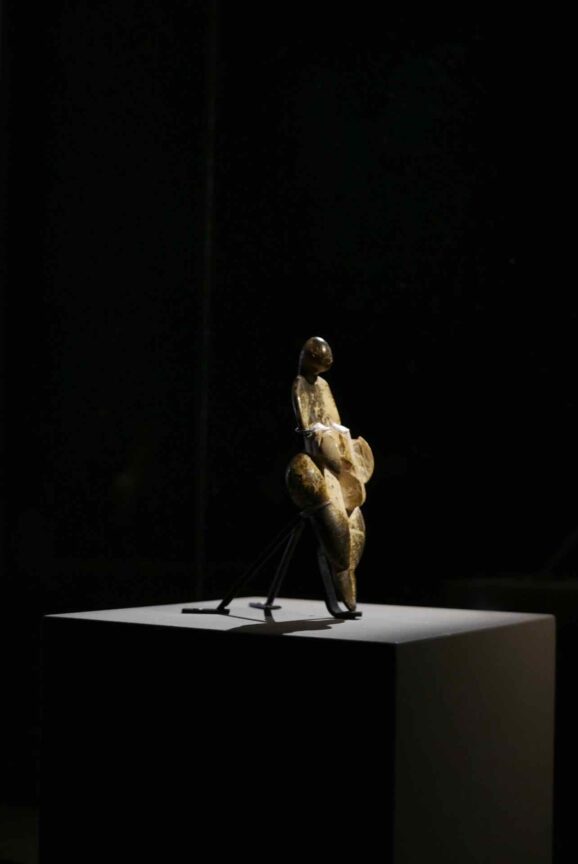
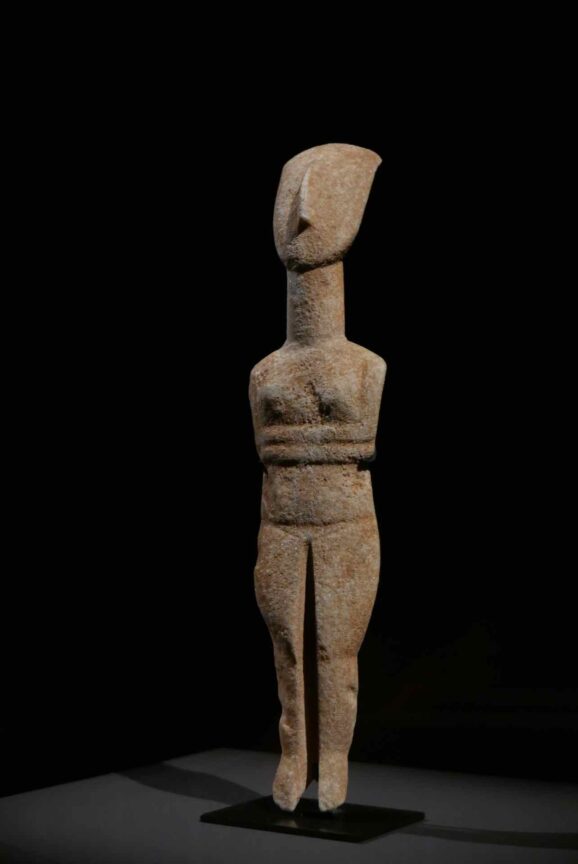
With this new exhibition the Centre Pompidou puts the spotlight on the link uniting prehistory to modern and contemporary art. In the course of a chronological tour, discover how artists and society have experienced the attraction of our origins during the modern period, yielding to a fantasy vision of what existed before history.
A rich collection of more than three hundred works and documents, some specially created for the occasion, shows how prehistoric art established itself not only as an object of fascination but also as a concrete model for varying kinds of experiences. Discover, alongside iconic prehistoric works like the Venus of Lespugue and the Mammoth of the Madeleine, the works of essential modern artists such as Louise Bourgeois, Paul Cézanne and Marguerite Duras, and contemporary artists like Dove Allouche, Pierre Huyghe and Giuseppe Penone. This vast body of works is also complemented by films and books such as Jurassic Park and La Guerre du feu, evoking the dissemination of prehistory in popular culture.
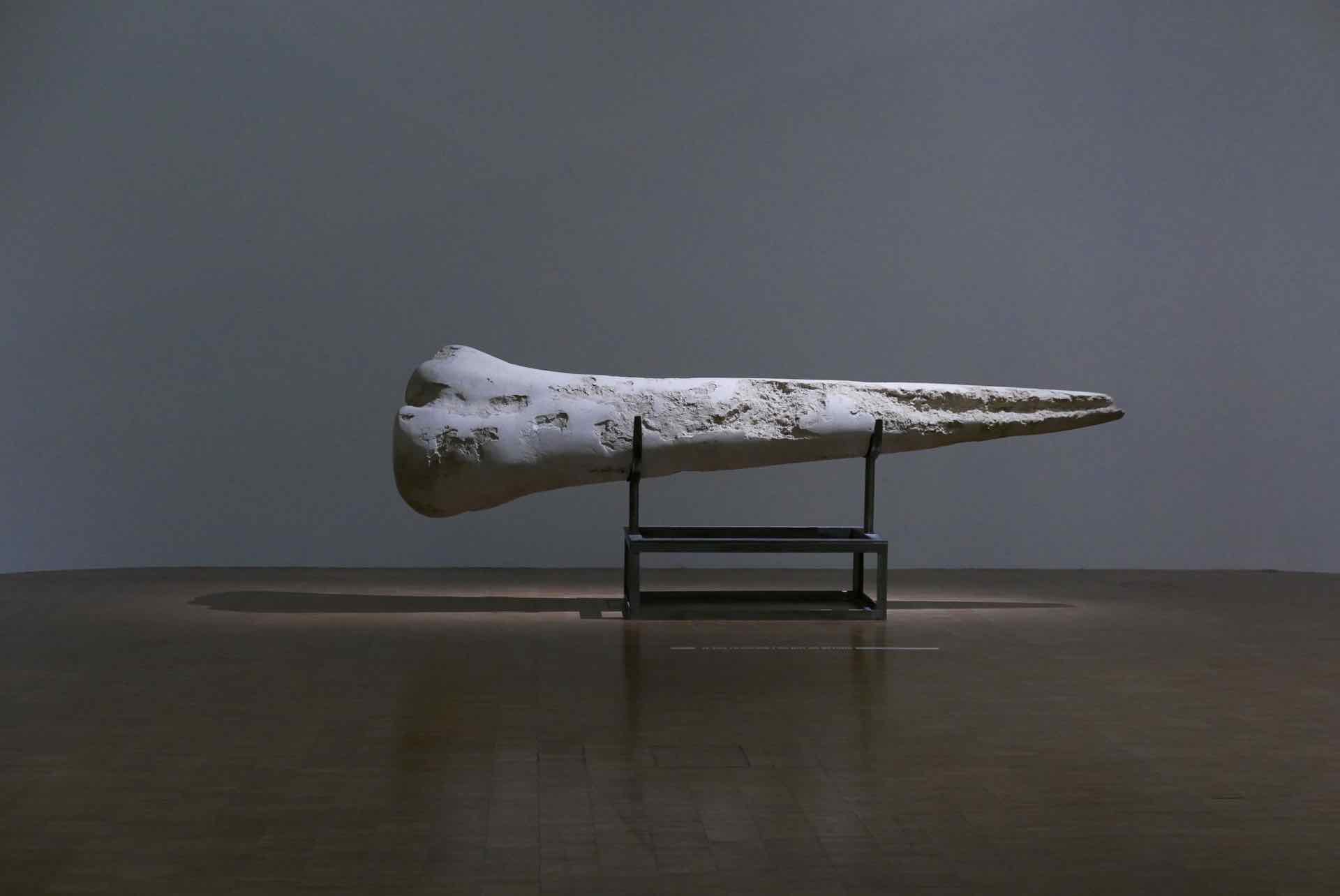
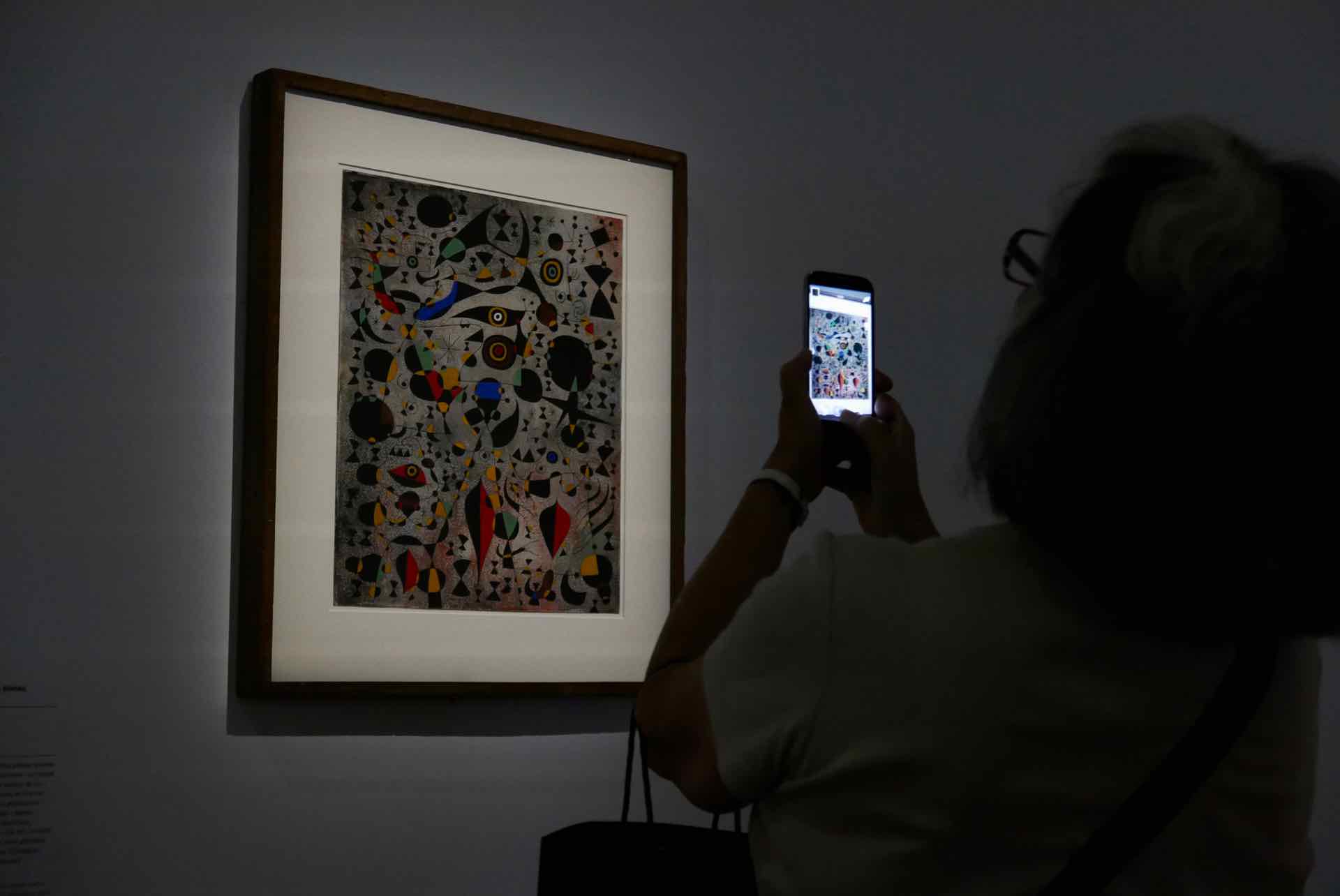
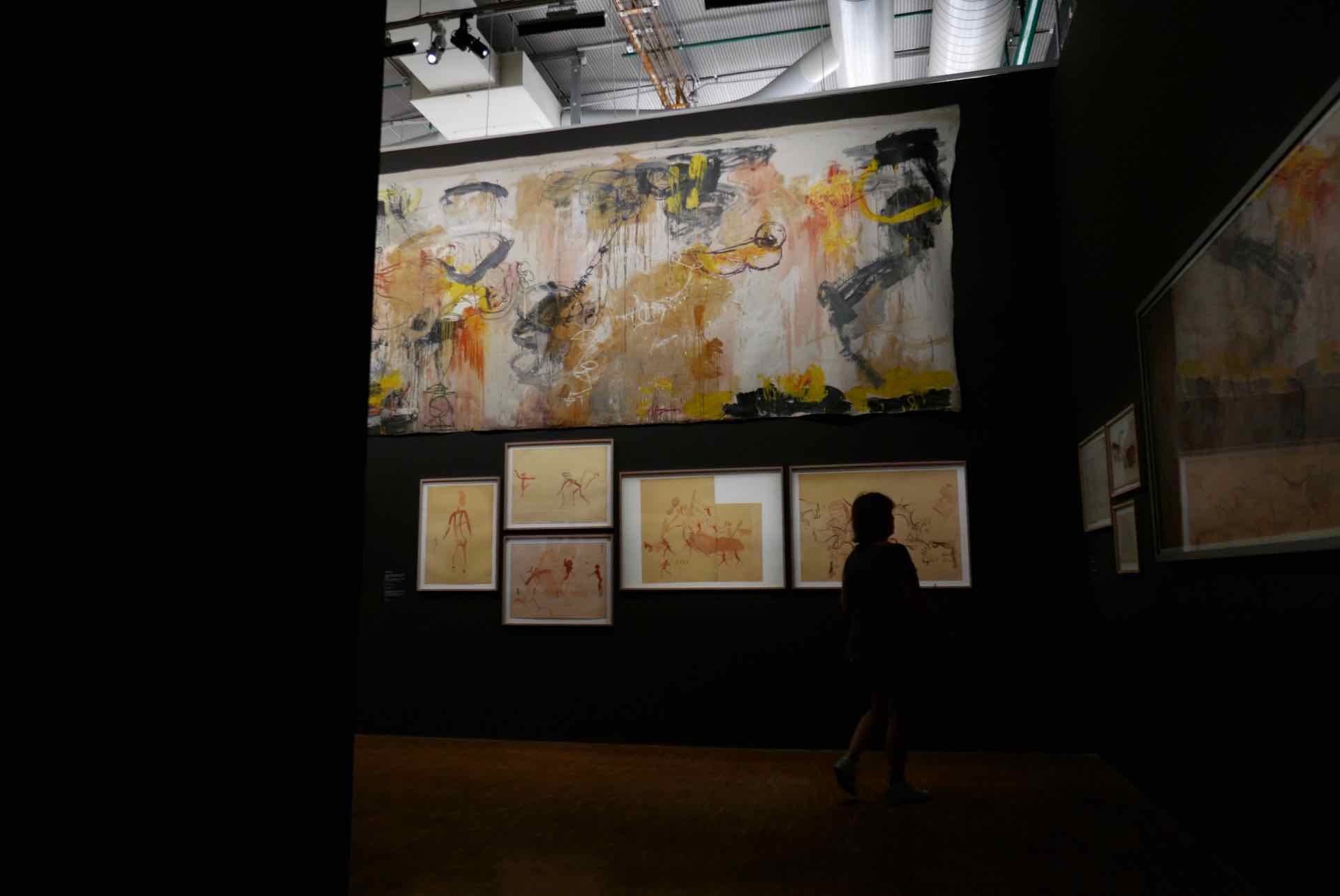
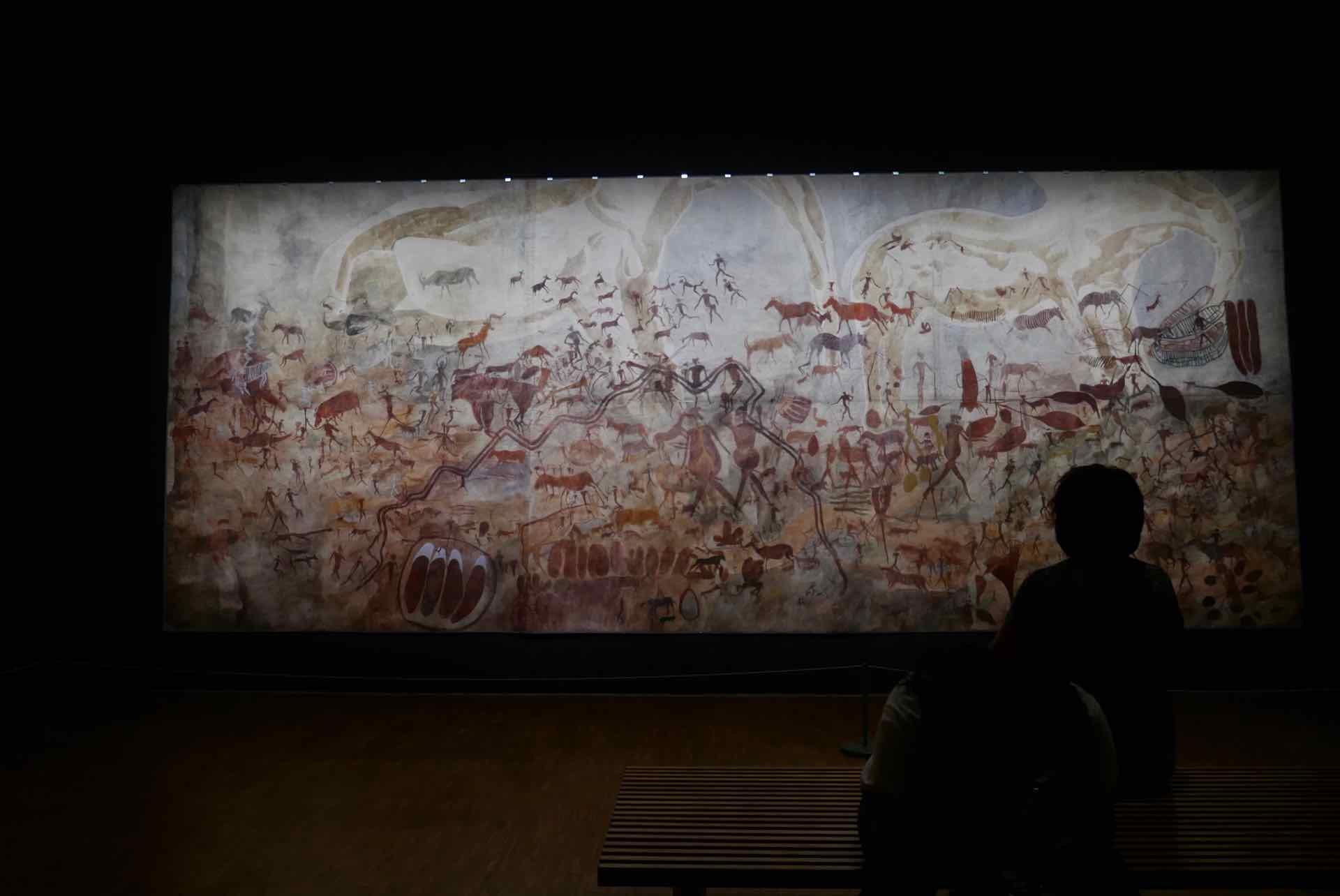
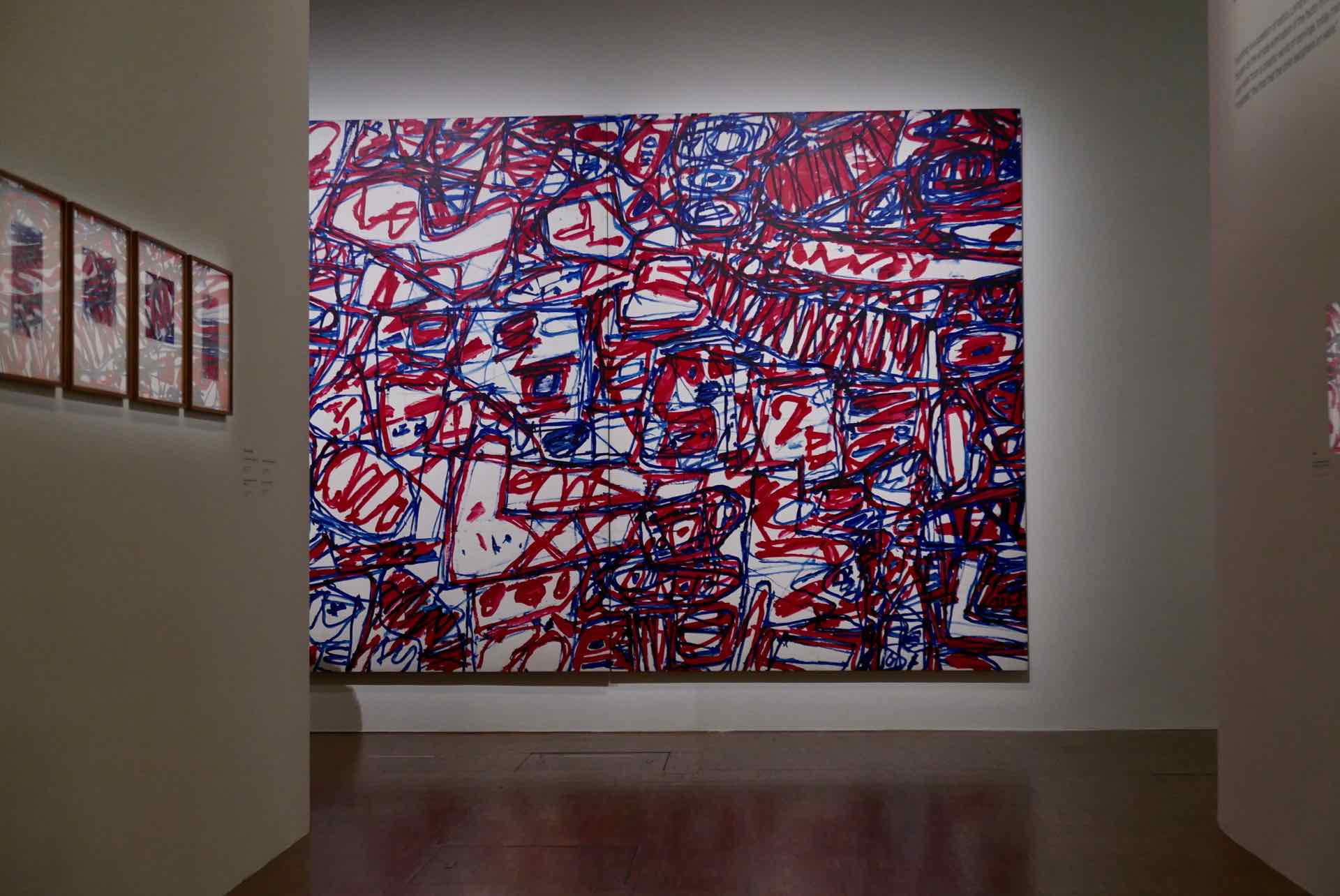
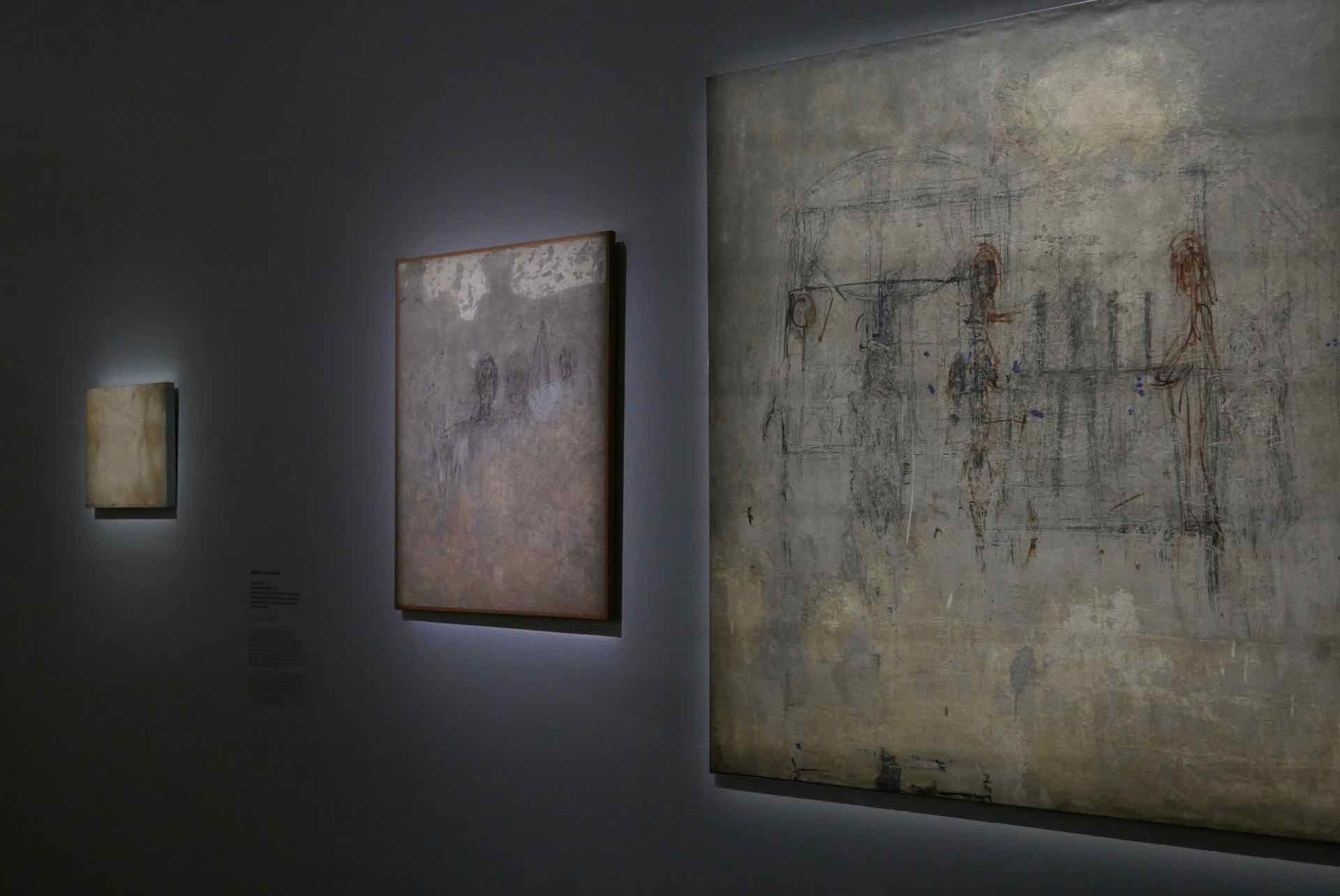
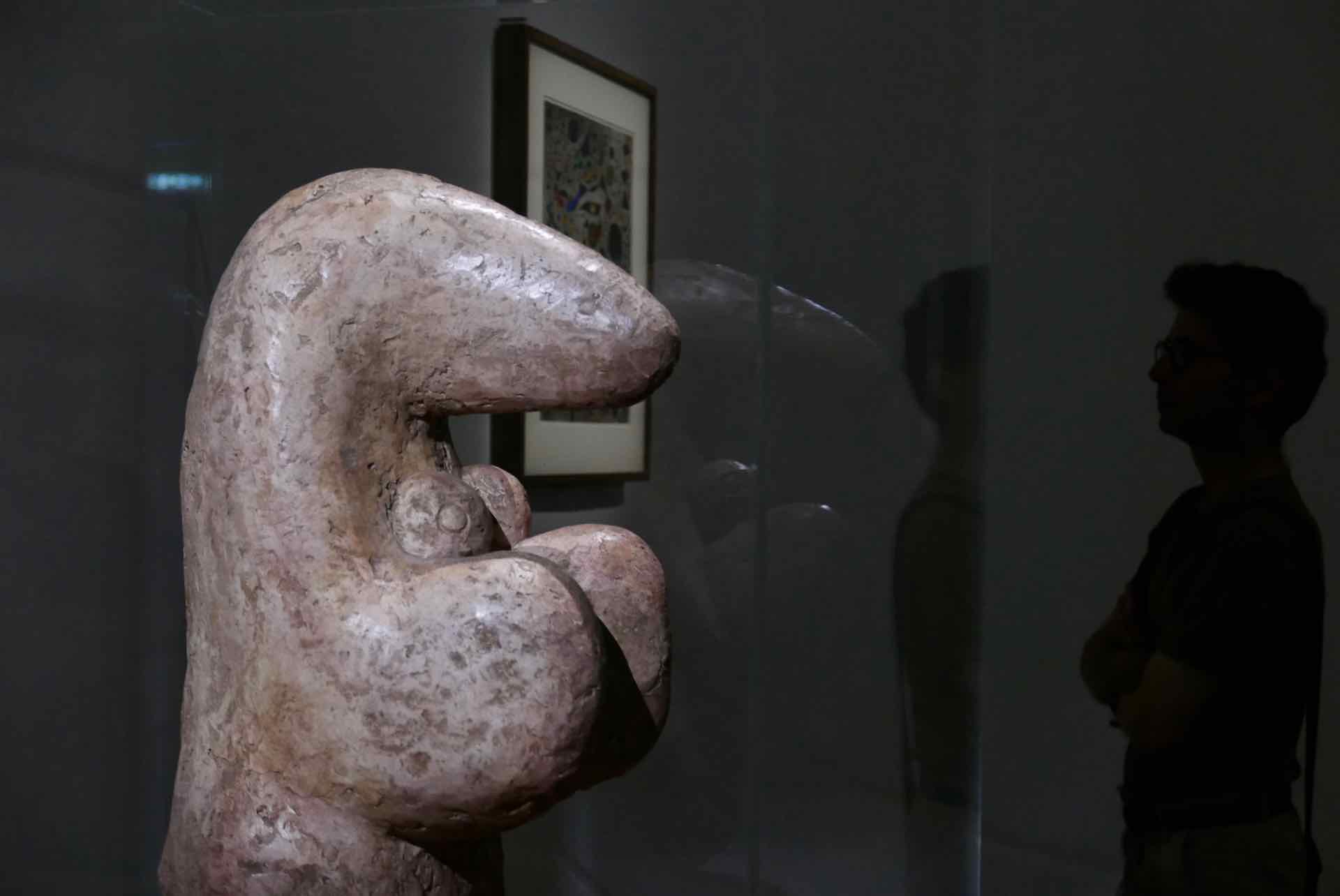
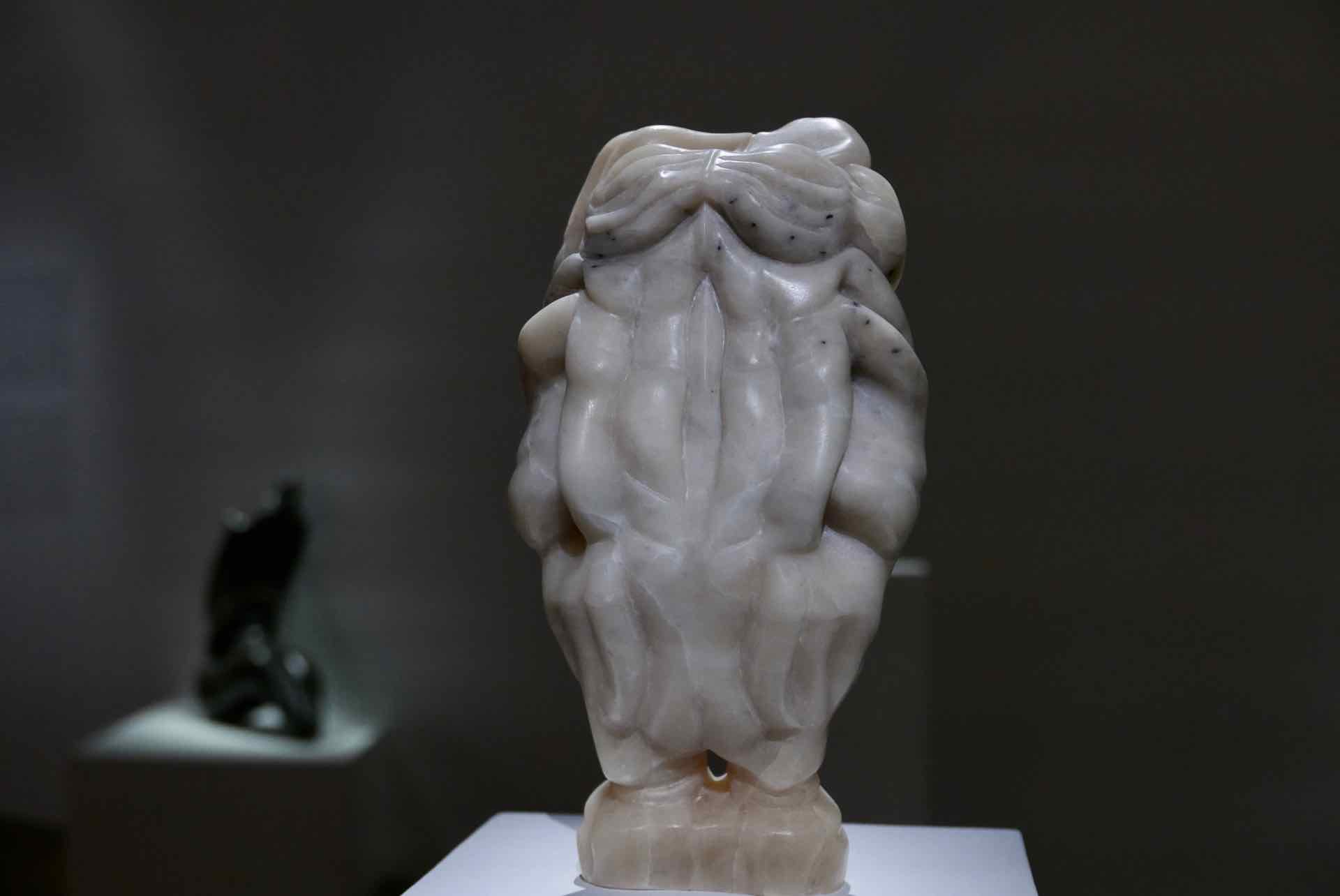
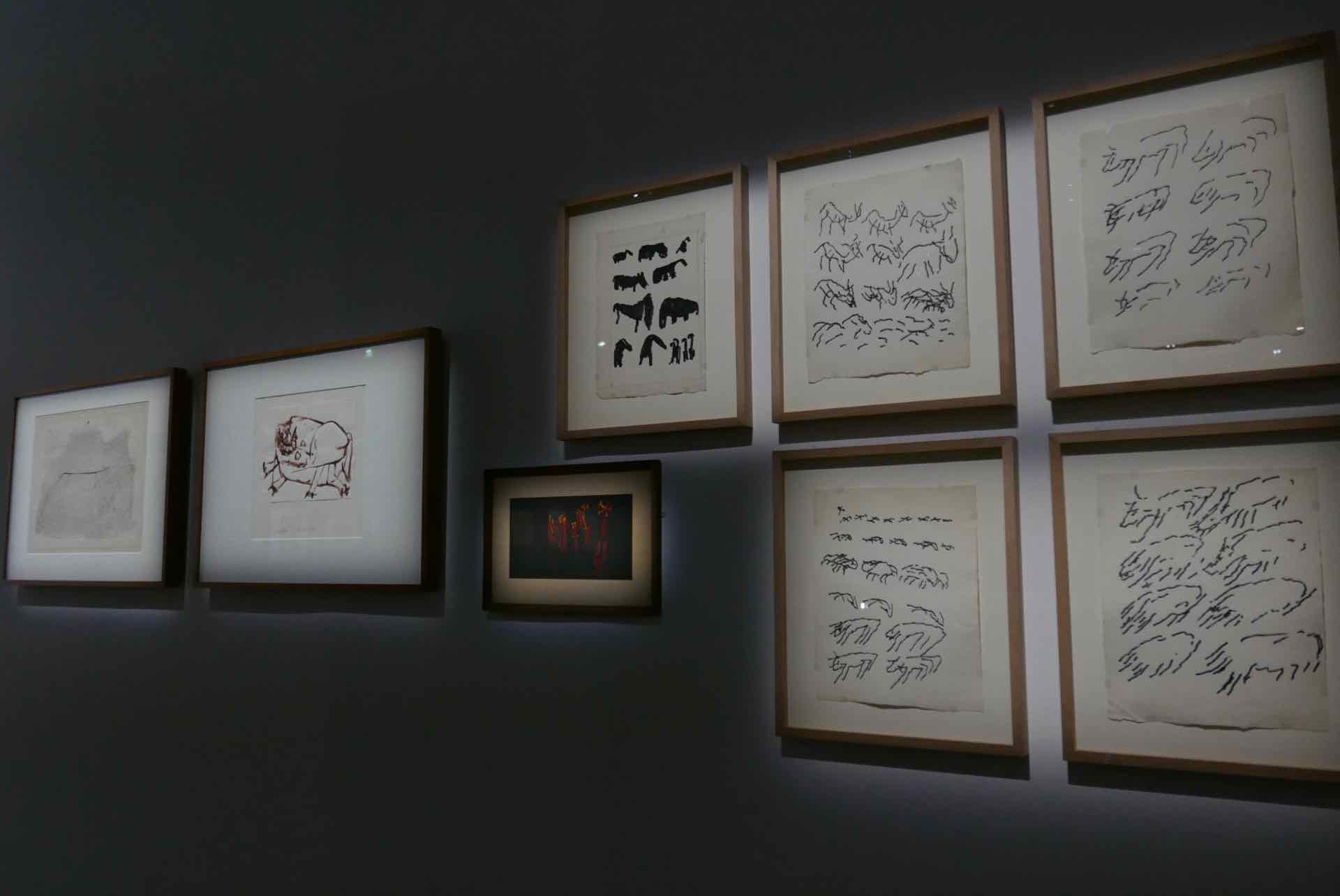
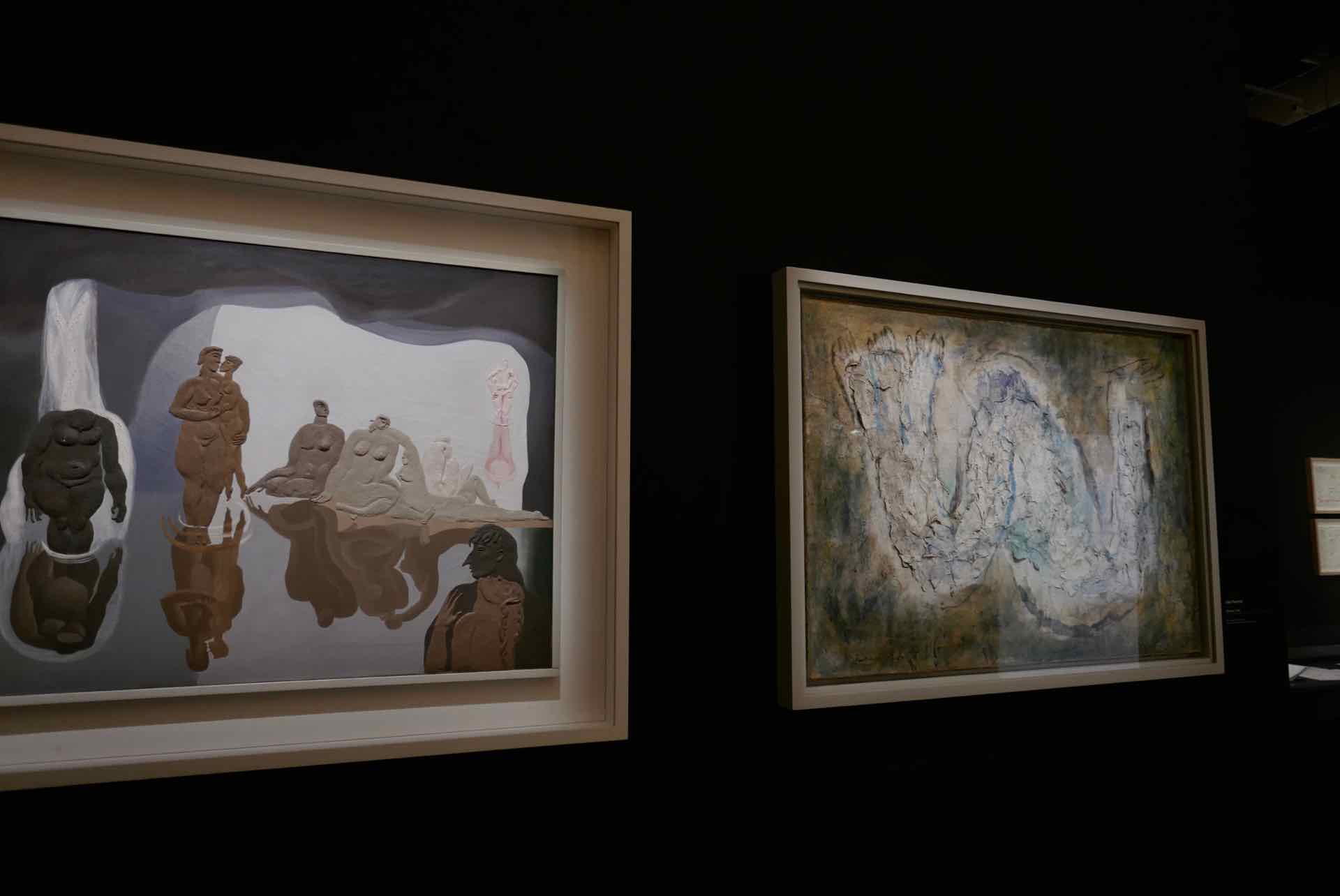
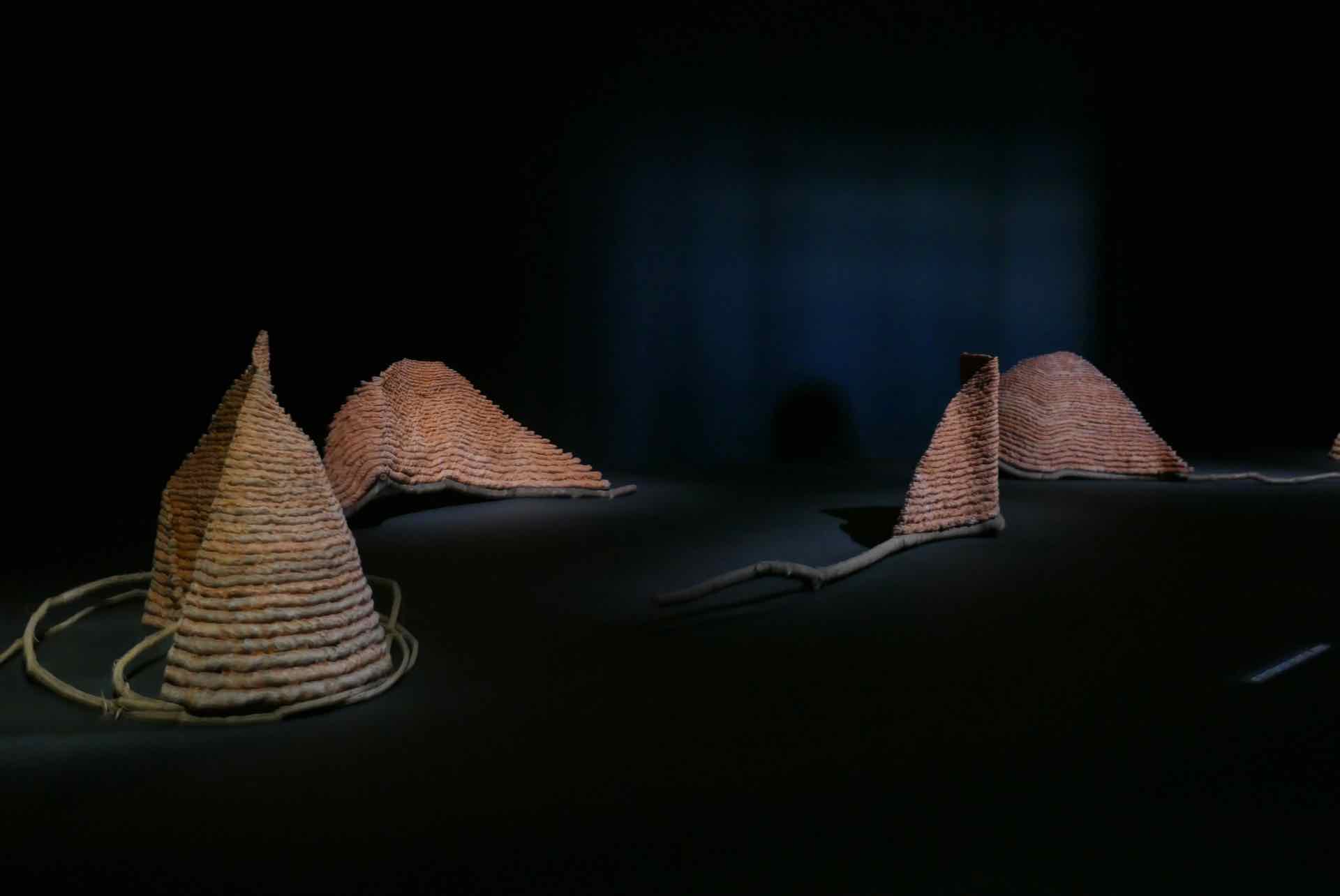

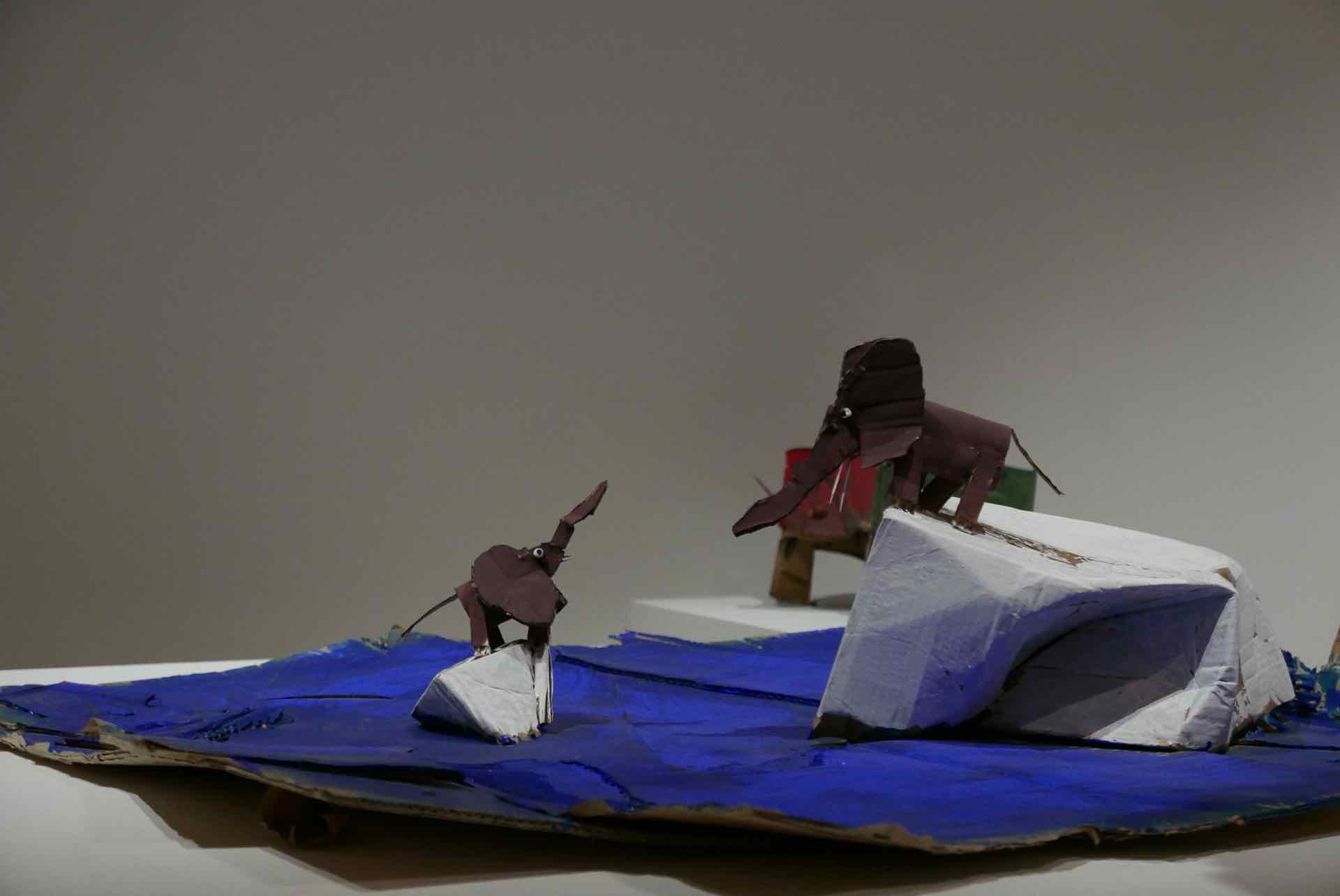
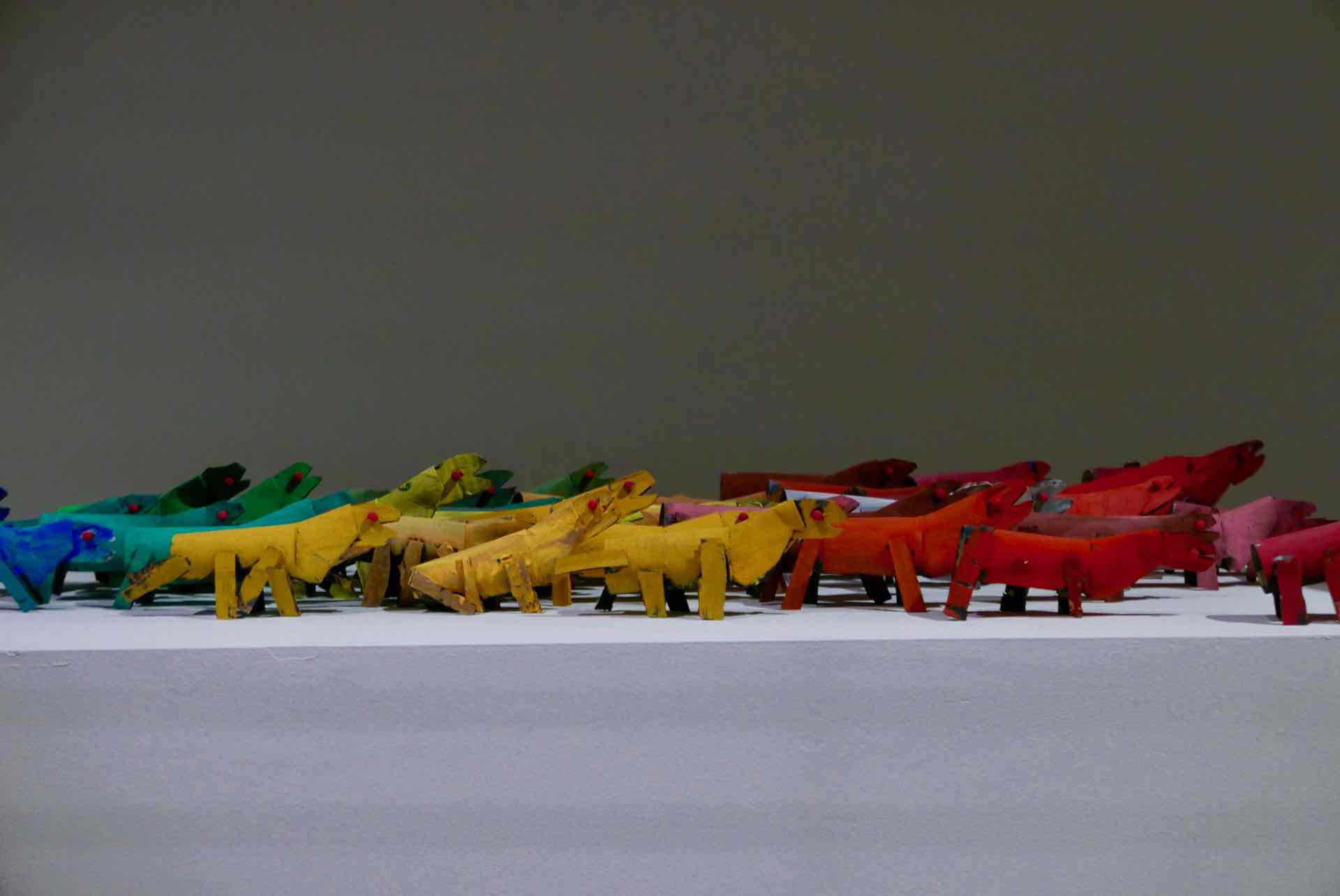
Prehistory is a modern concept: the word itself was not definitively established until the 1860s. The corresponding reality was built up progressively in the course of the 19th century as an indistinguishable mass of discoveries, opinions and fantasies.
We can distinguish three major stages: the growing awareness of the long duration of earthly life through the analysis of fossils at the turn of the 19th century; the new understanding in the early 1860s of human prehistory, both from the point of view of the species and the emergence of techniques and arts; and lastly, the specific recognition of parietal art at the dawn of the 20th century, establishing the decorated caves of the Upper Palaeolithic era as essential references in our imaginary world.
In the 20th century this great mass of images, hypotheses and speculations had an immense effect on collective culture and individual creation. Not only prehistoric art (or that described as such) but also, more generally, the concept of prehistory as such, profoundly modified our representations. The revelation of an earth without humankind, followed by a slow process of hominization led people to consider, symmetrically, the possible extinction of humanity. The transition from nomadic hunter-gatherer societies (Palaeolithic era) to more sedentary farmer-breeder societies (Neolithic era) gave rise to considerations concerning humanity’s assumption of power over the environment, leading to the industrial era.
Exhibition curators
Cécile Debray, Director of the Musée de l’Orangerie
Rémi Labrusse, professor of Art History, Université Paris Nanterre
Maria Stavrinaki, lecturer in Art history, Université Paris I Panthéon Sorbonne
IN Places city guide
until September 16, 2019



